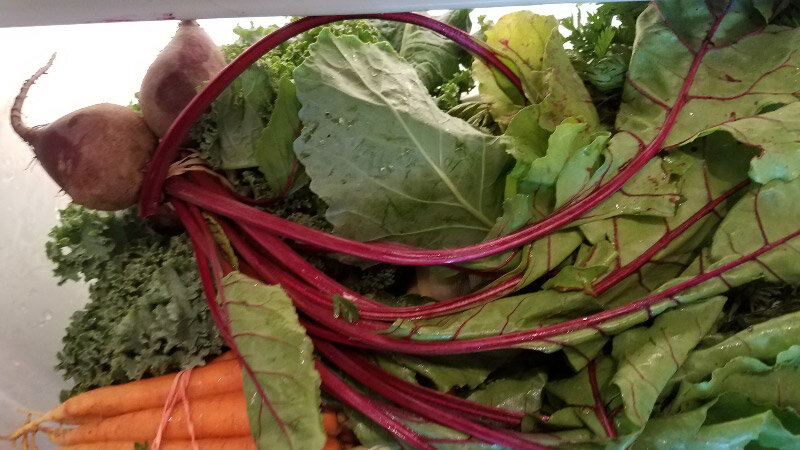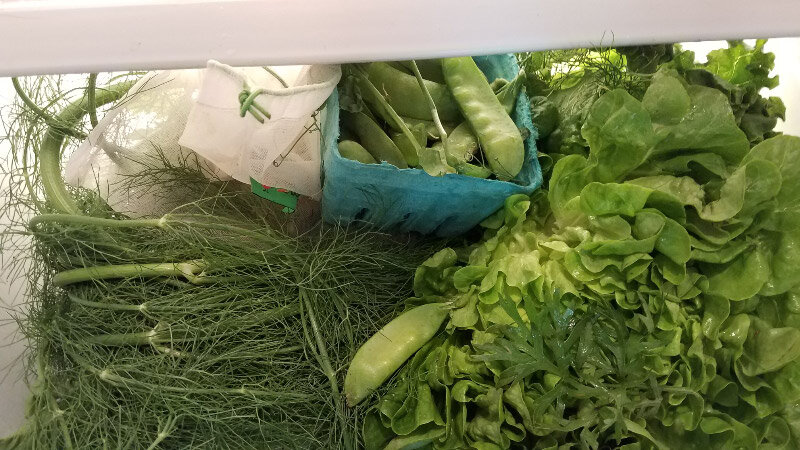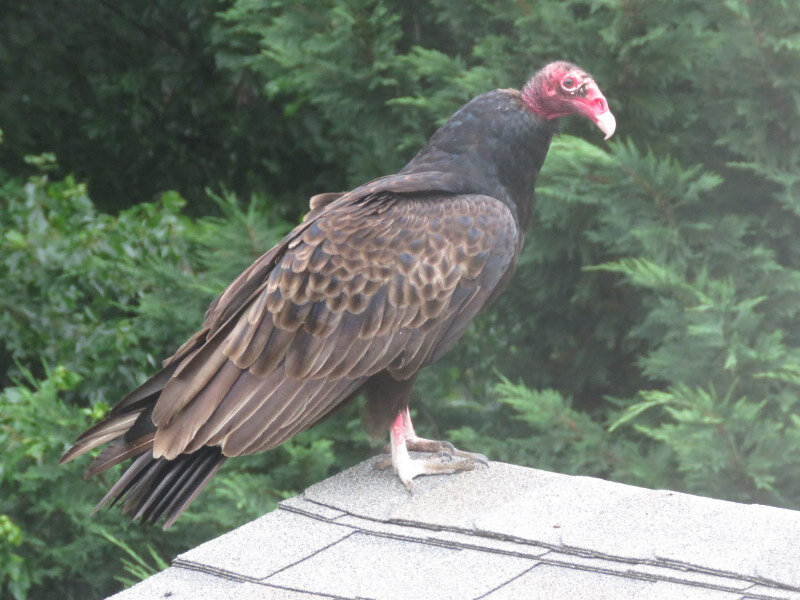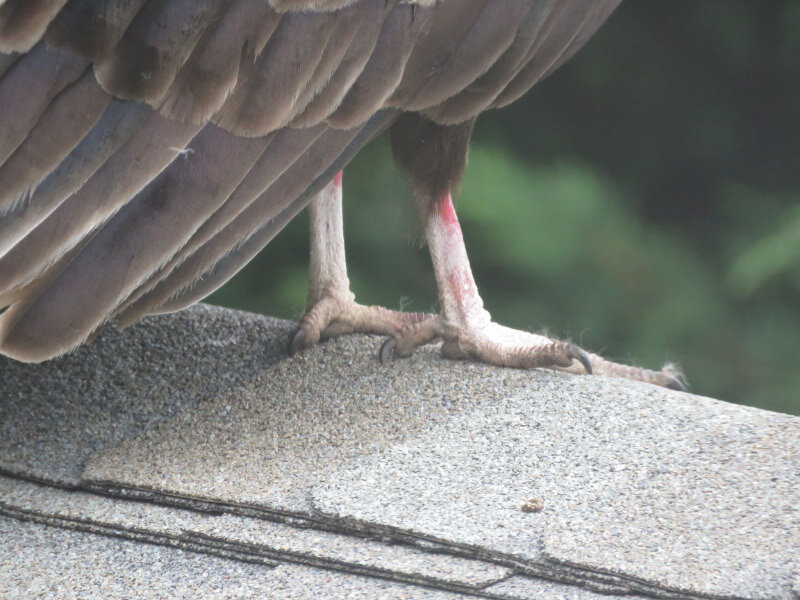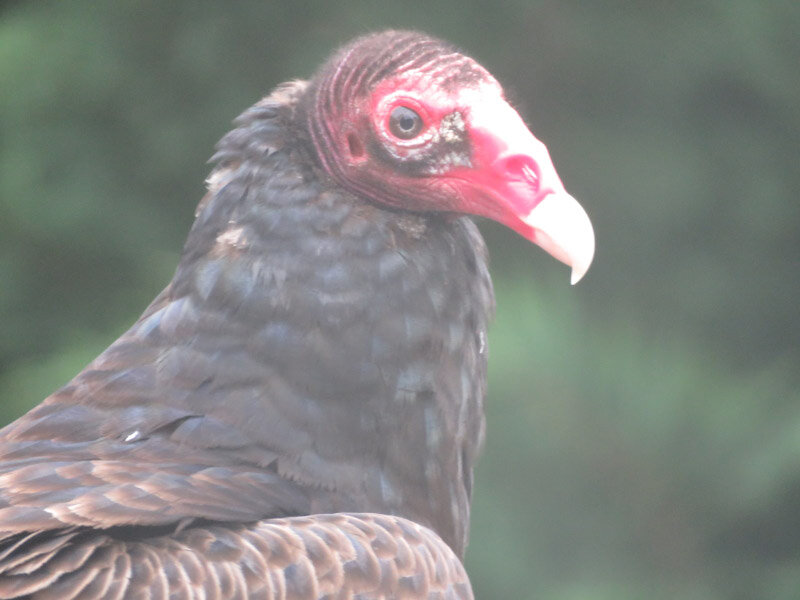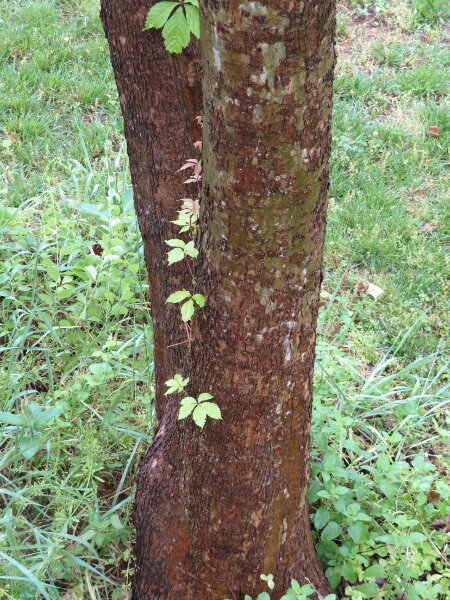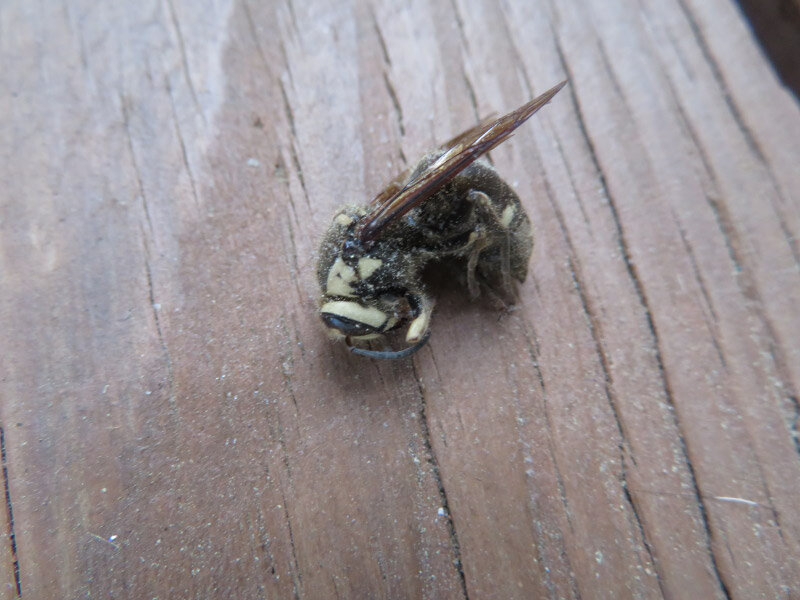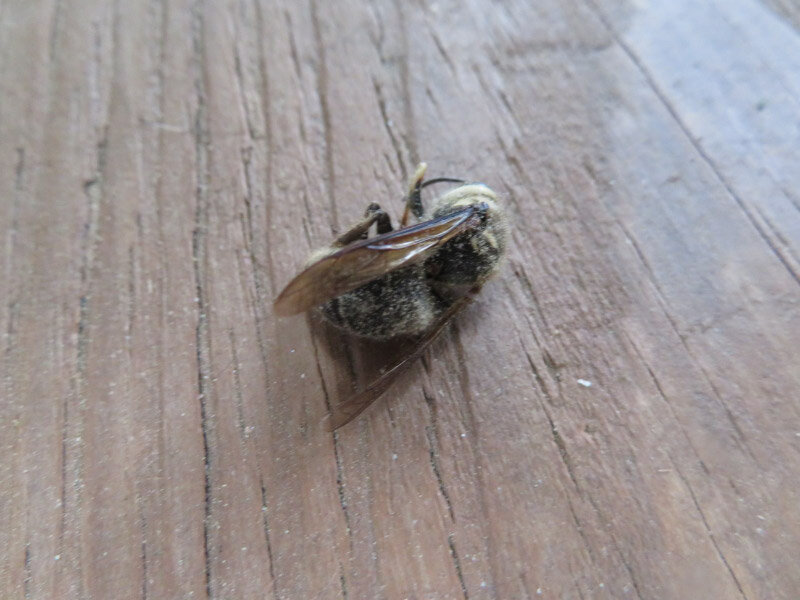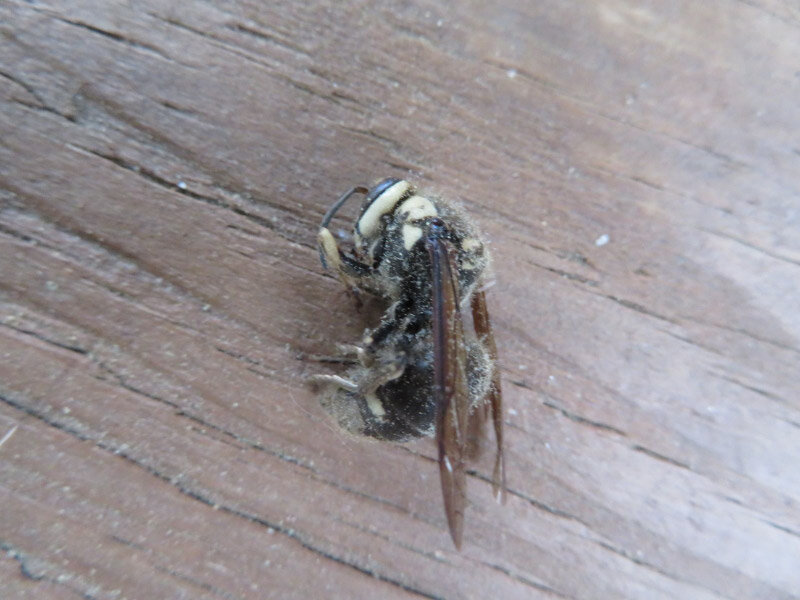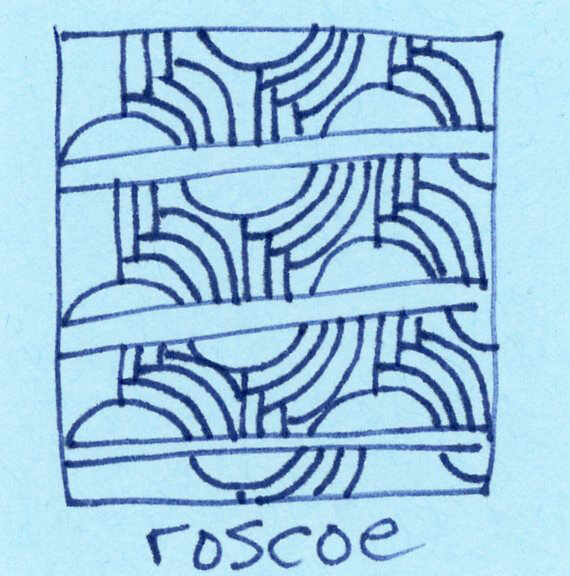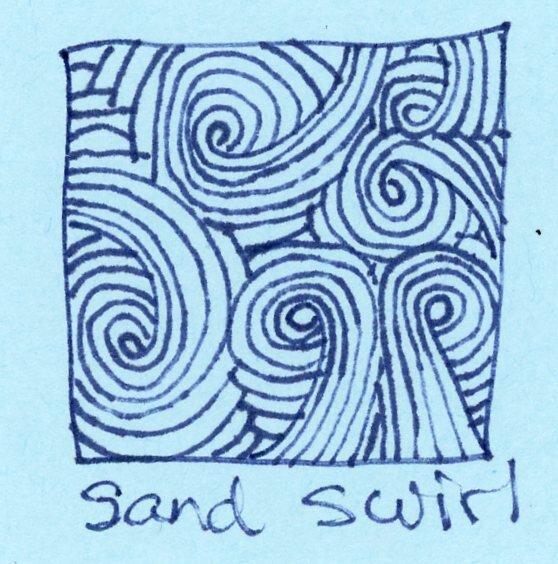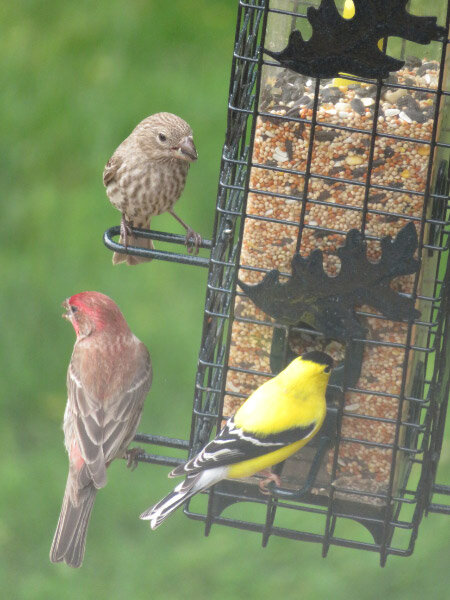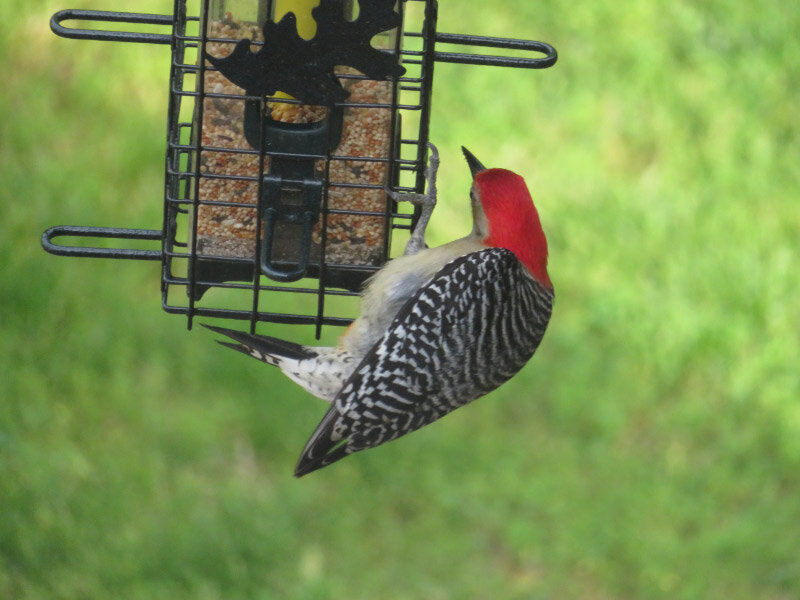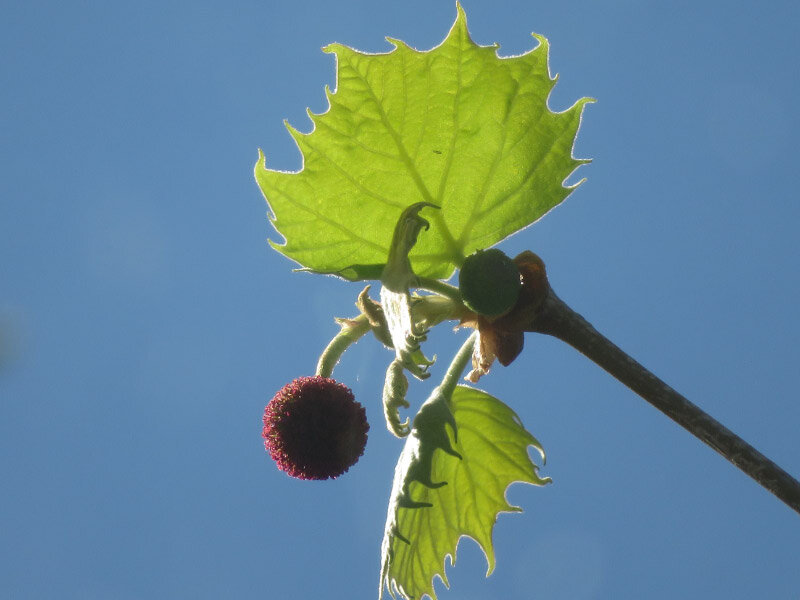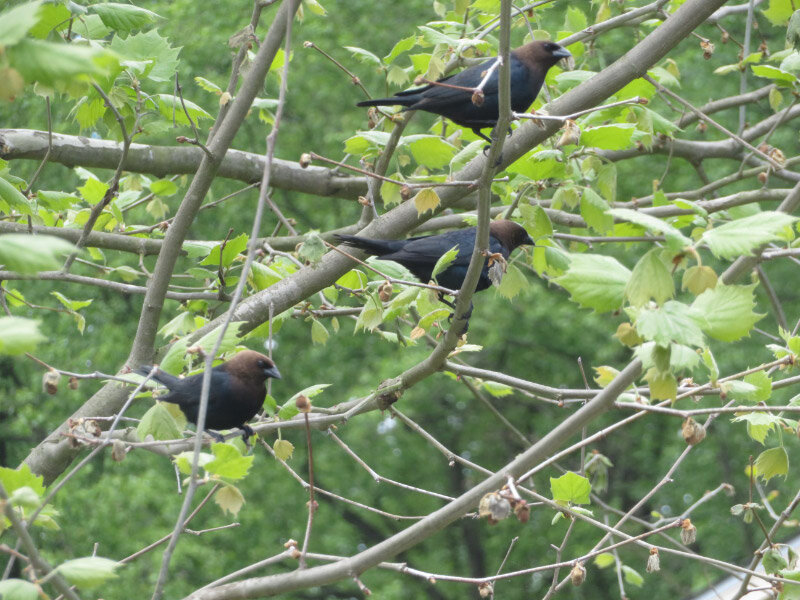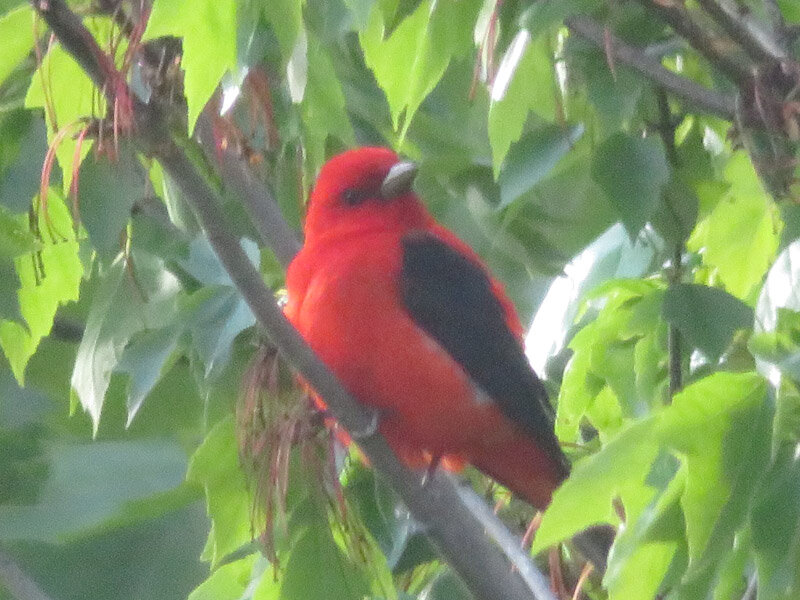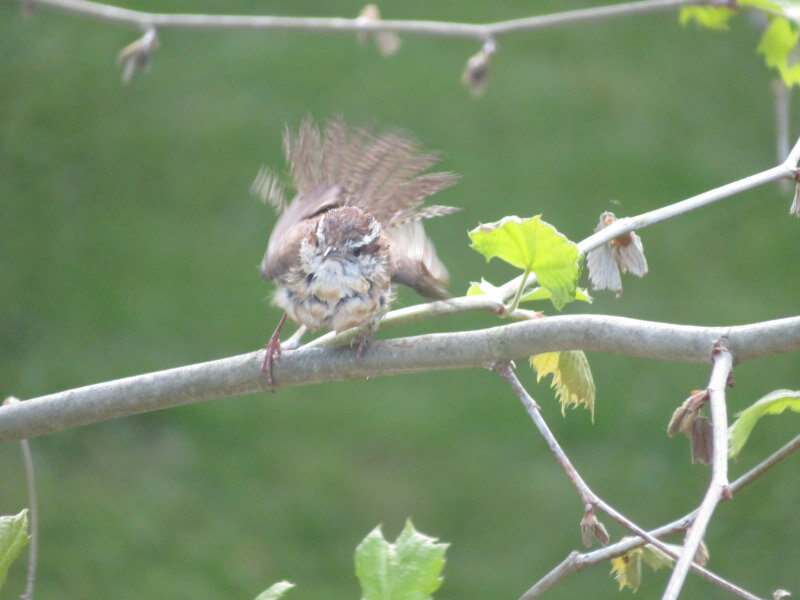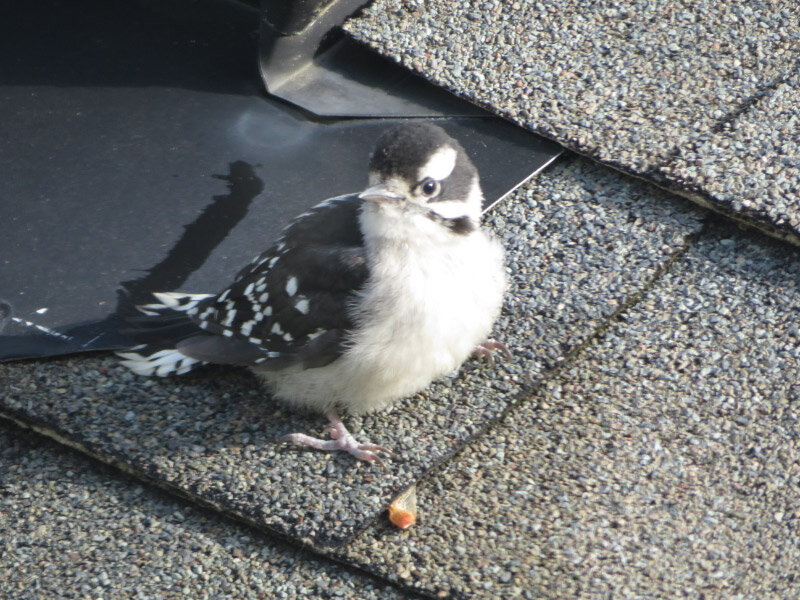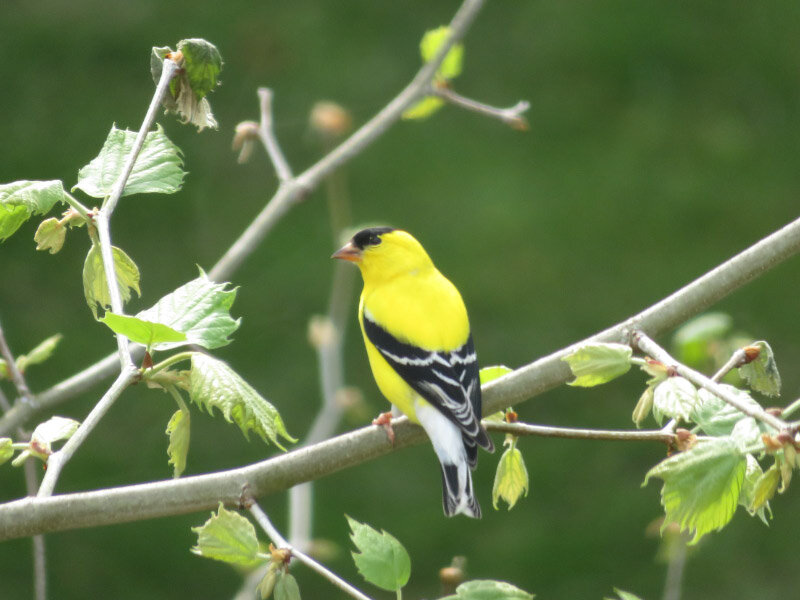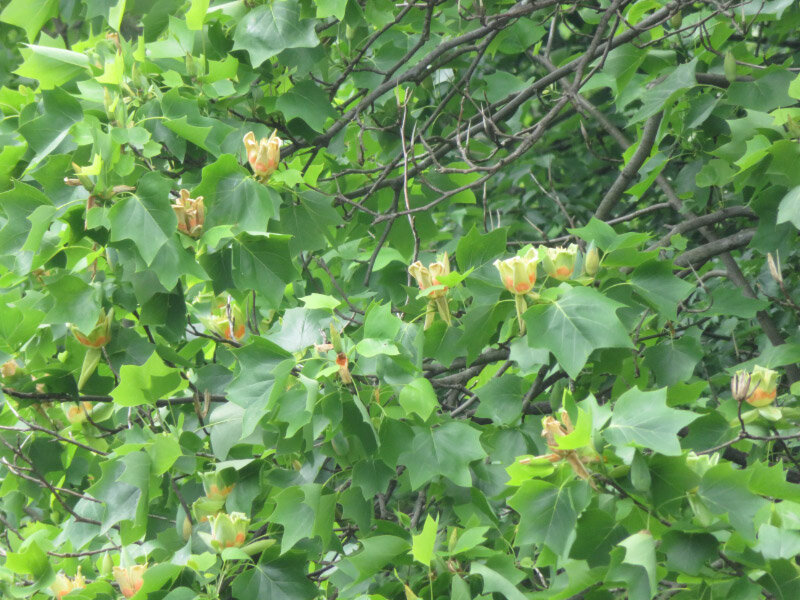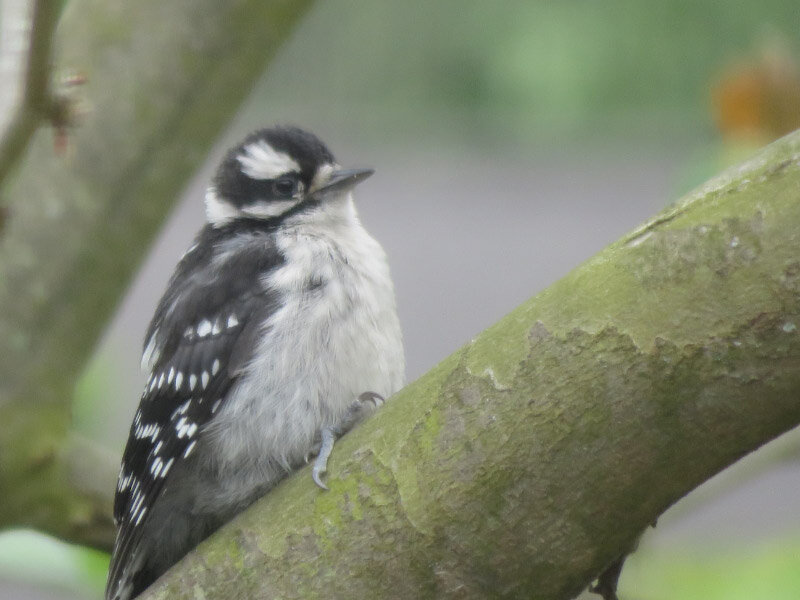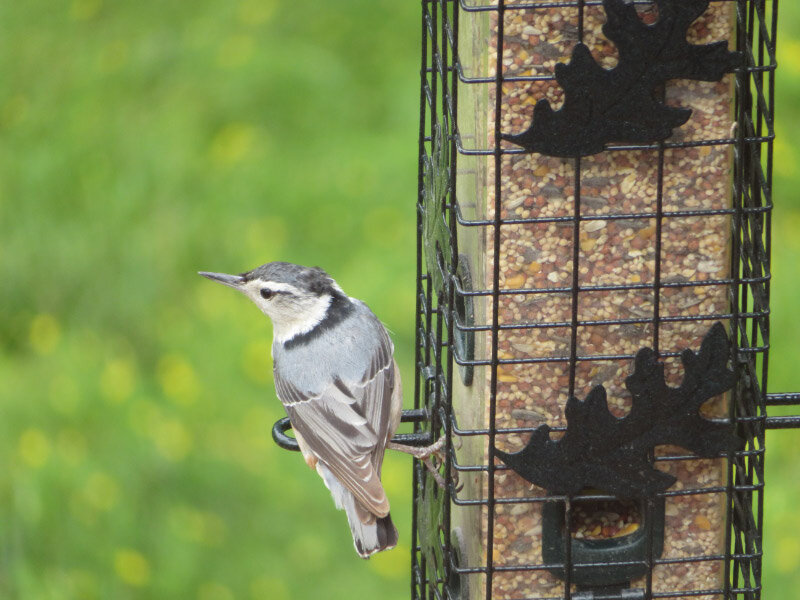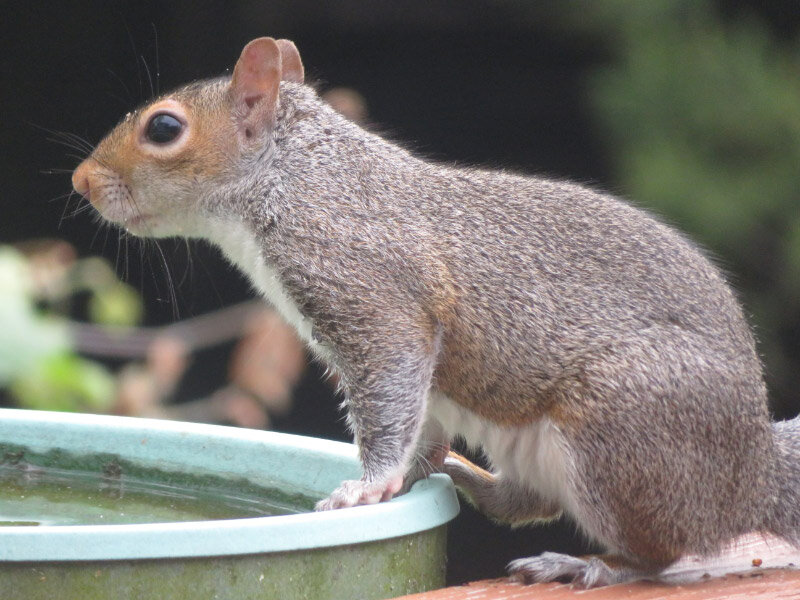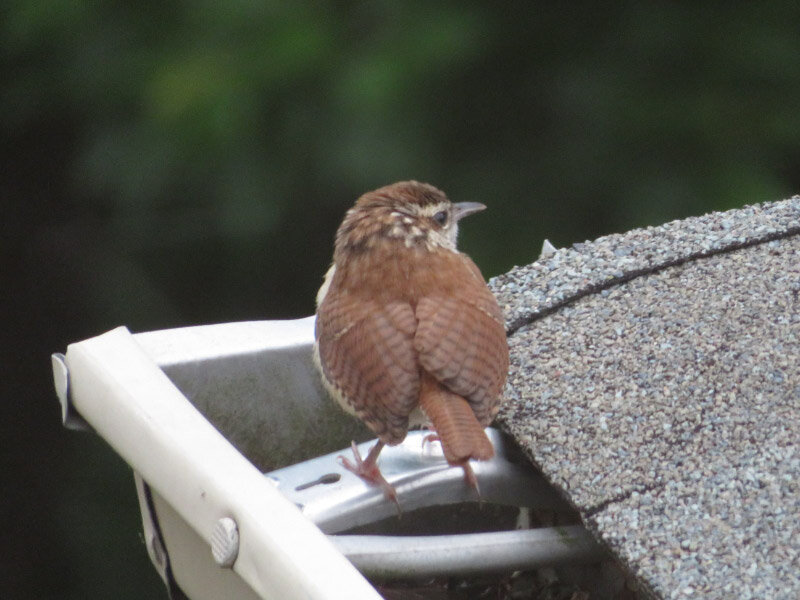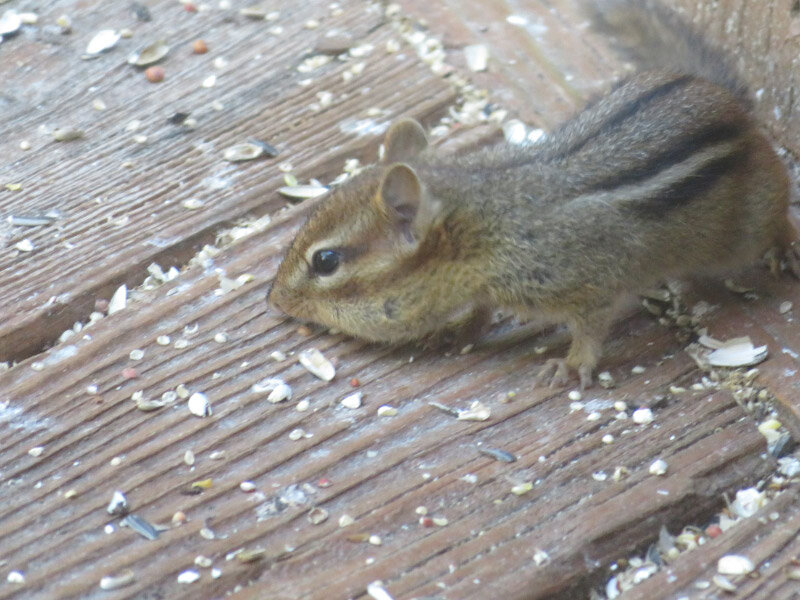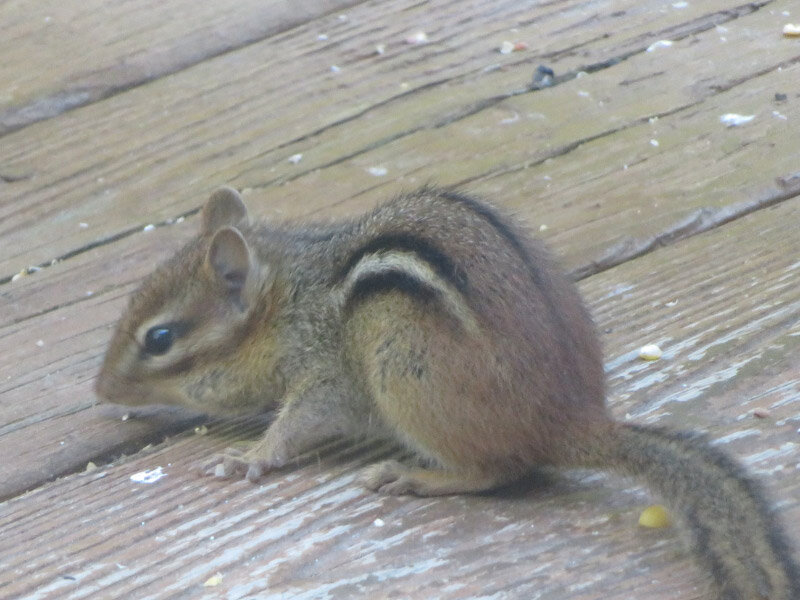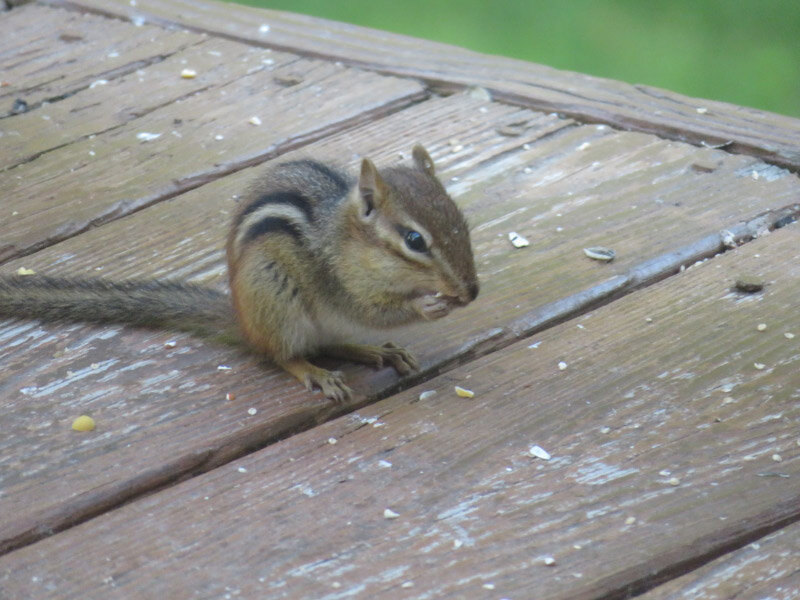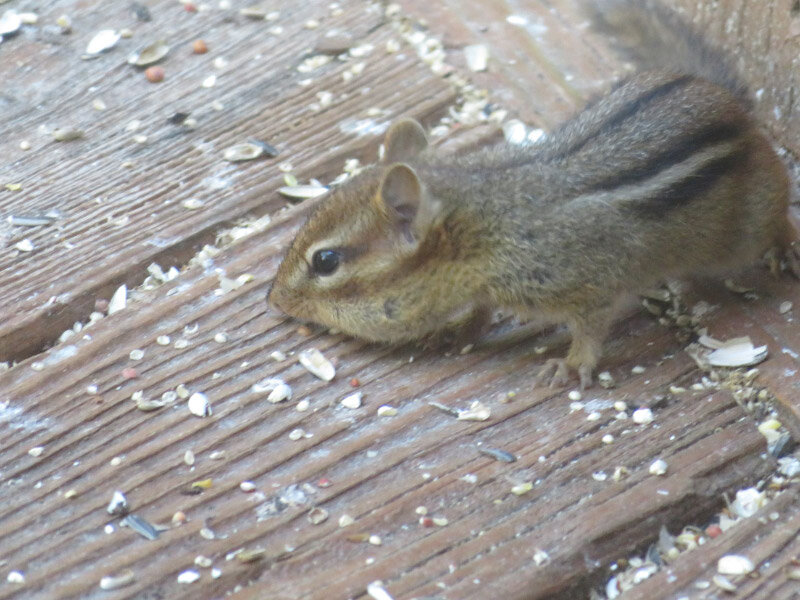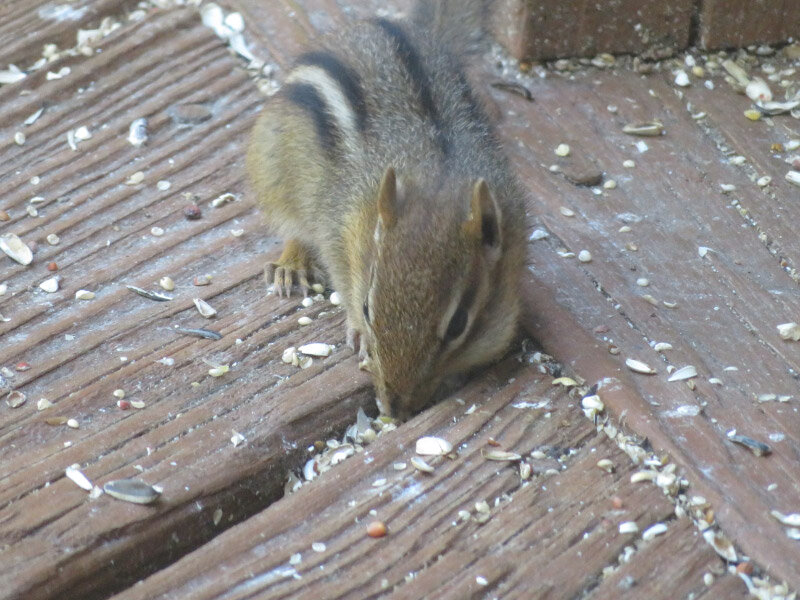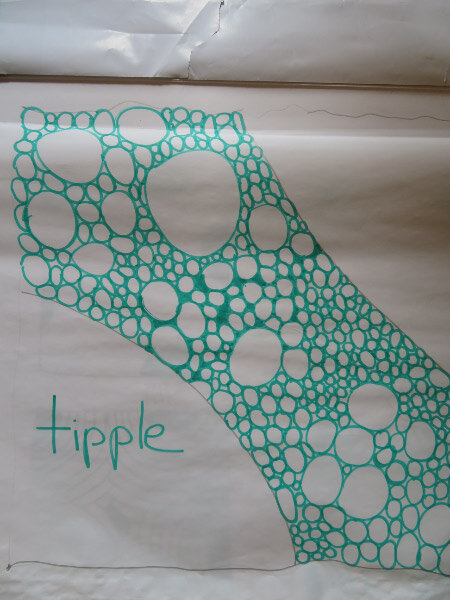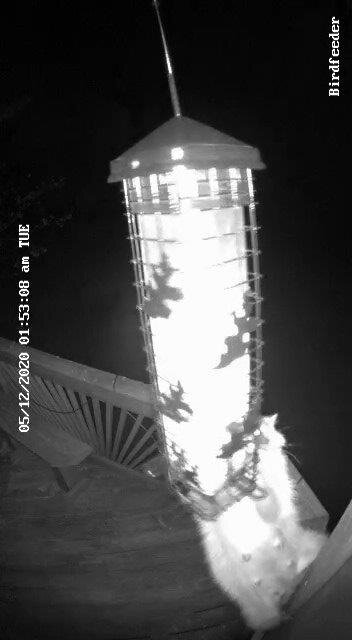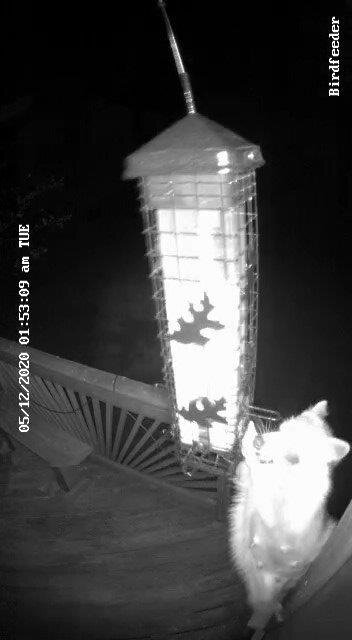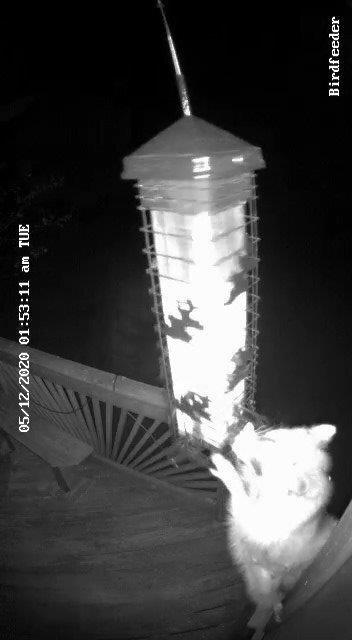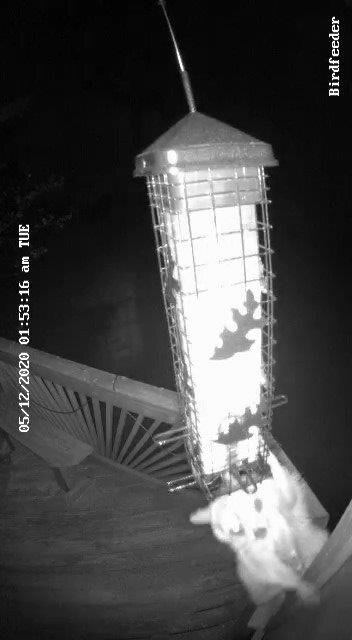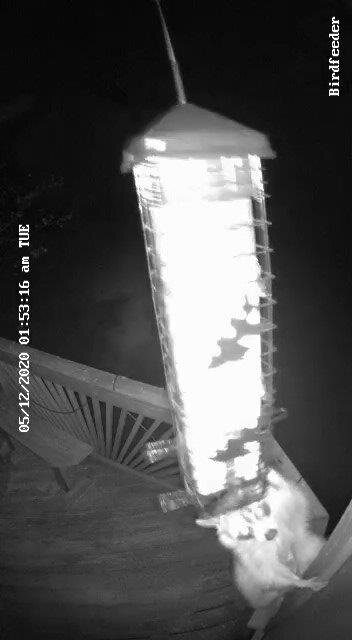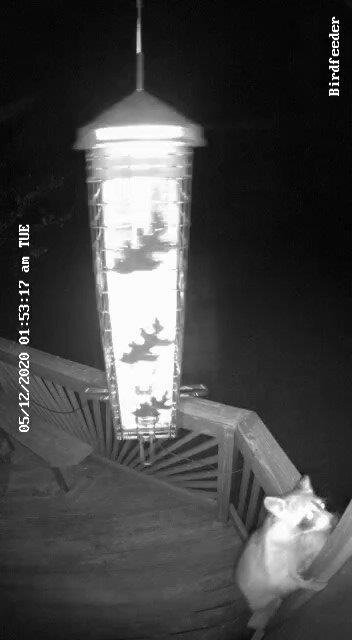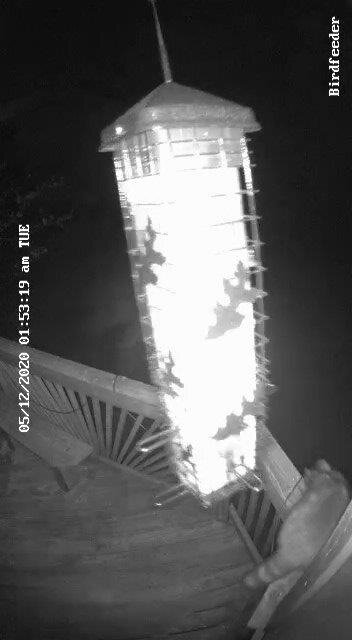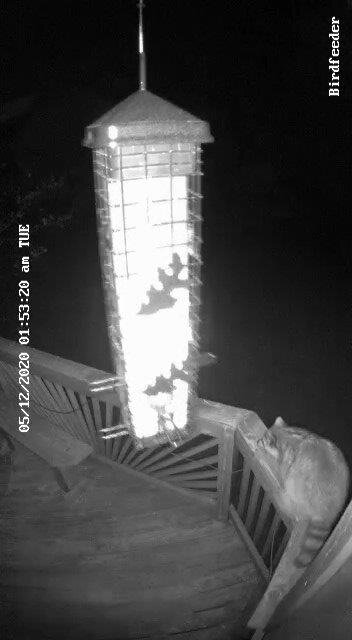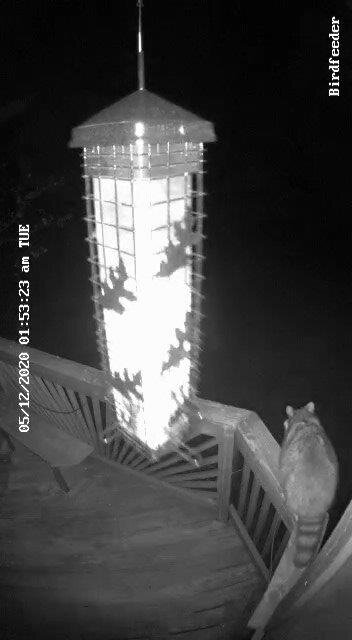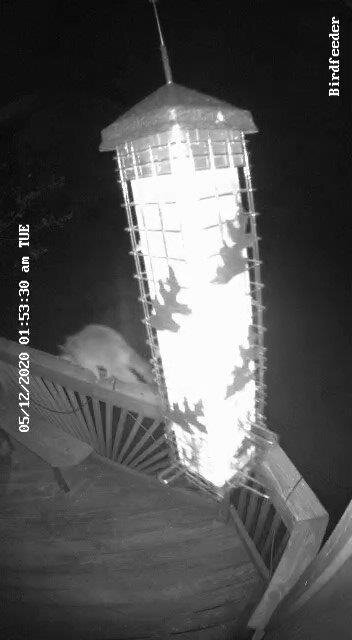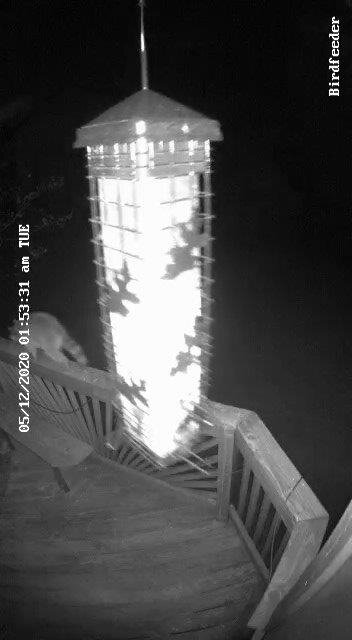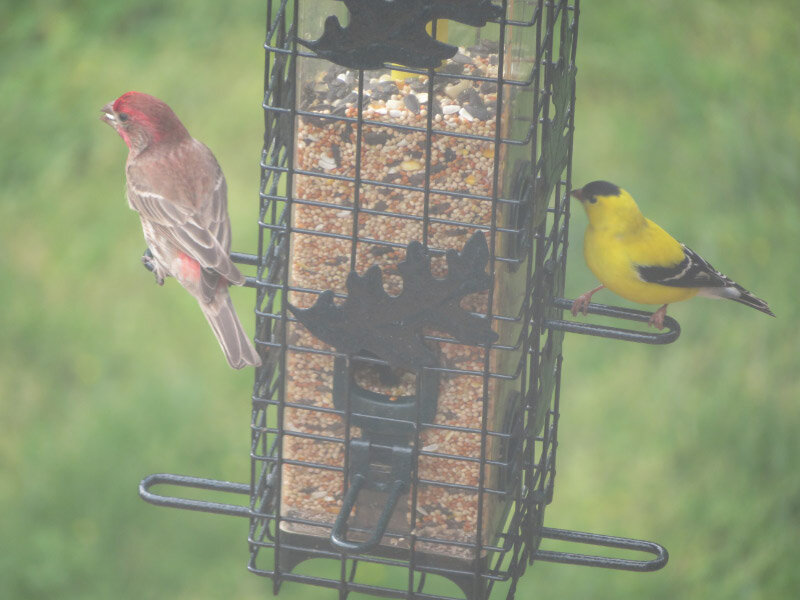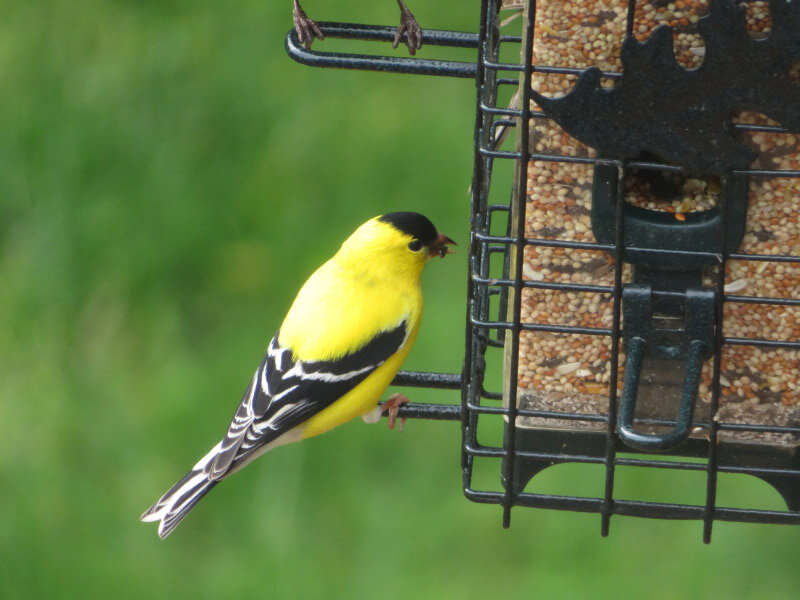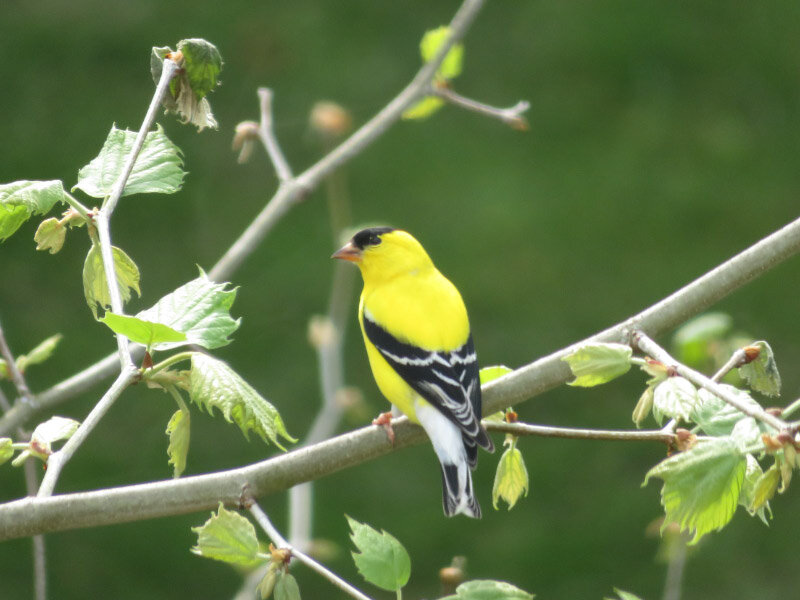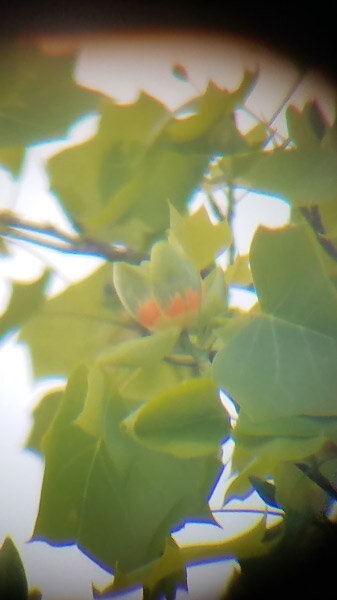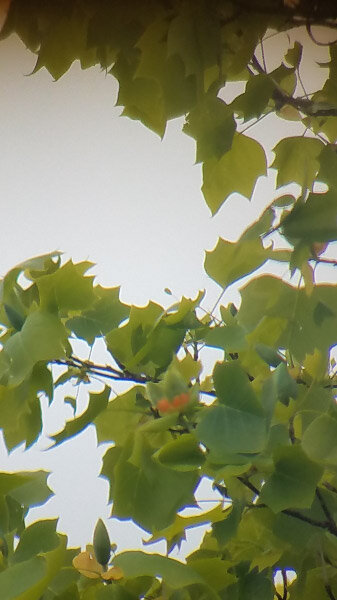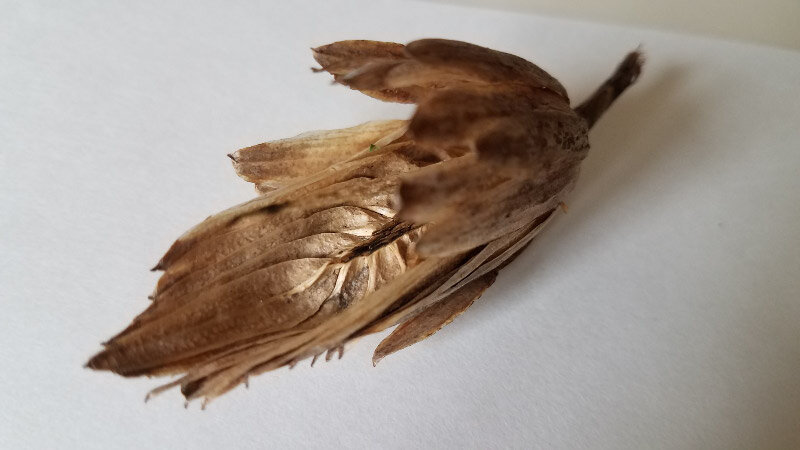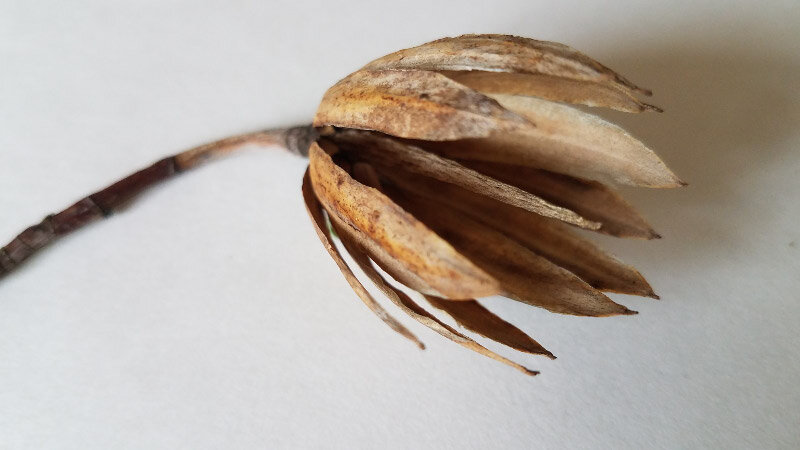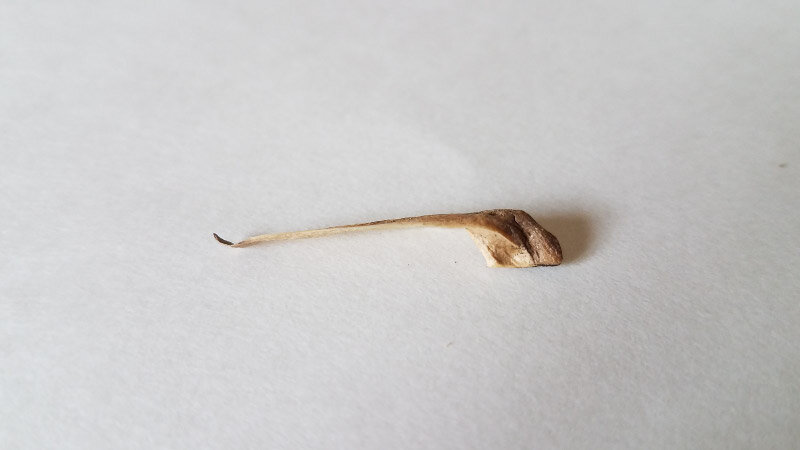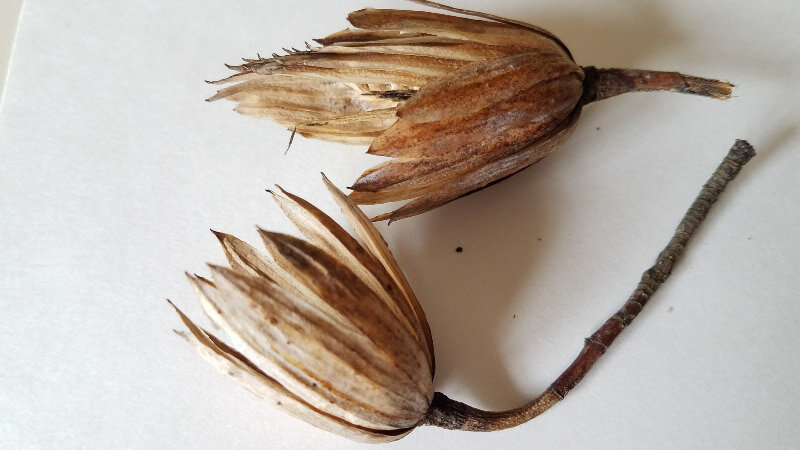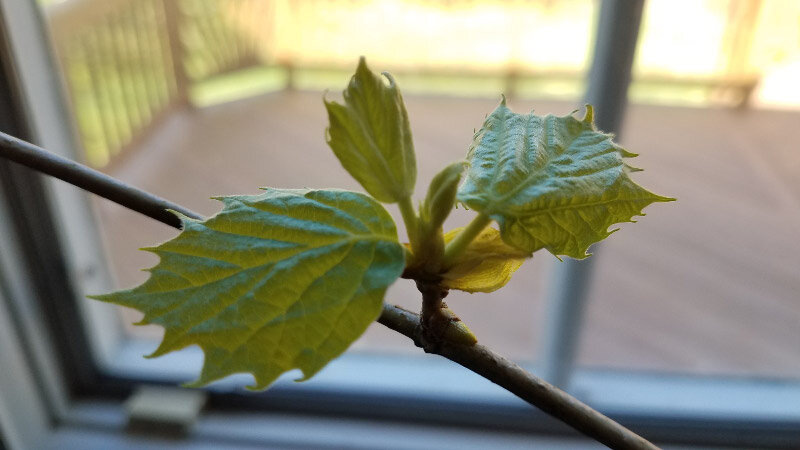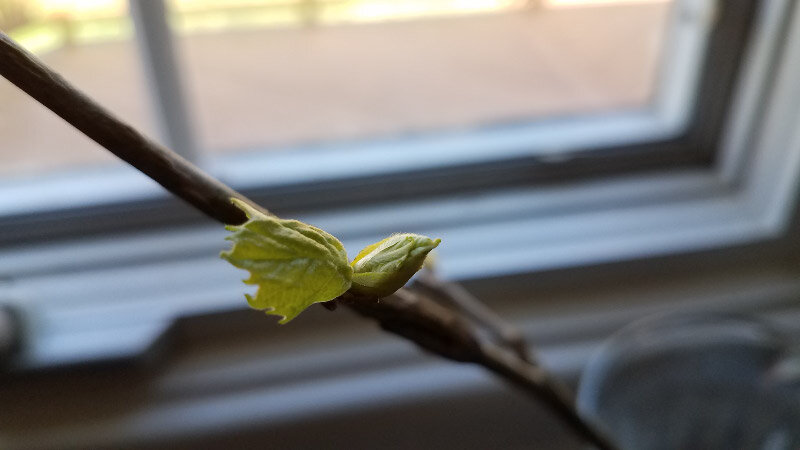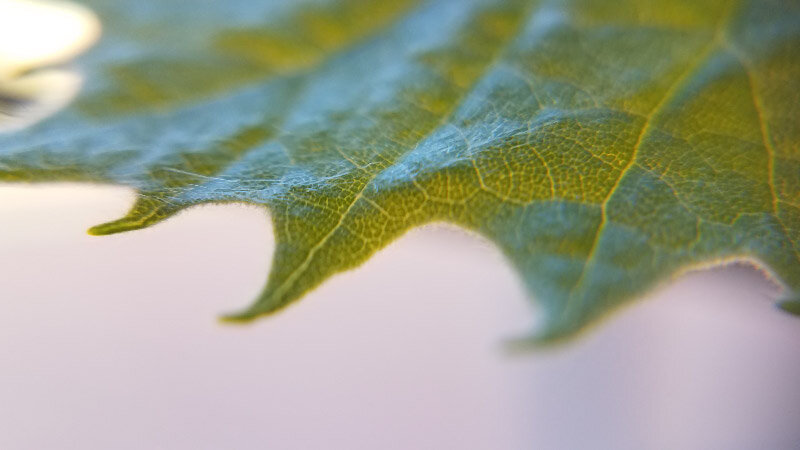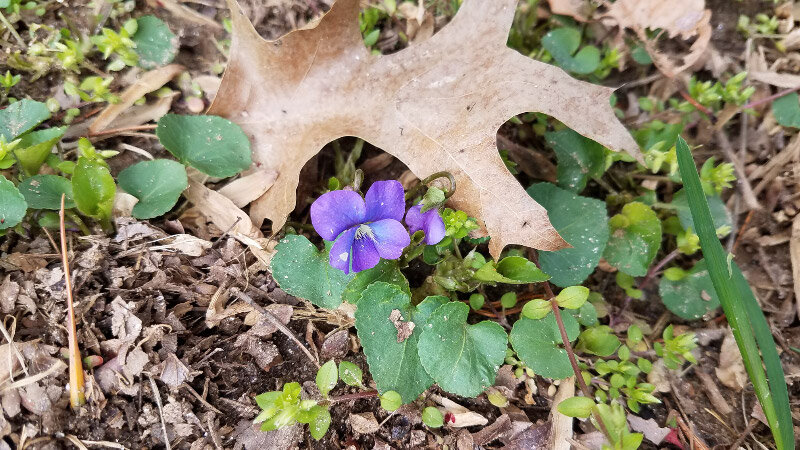Mid-Atlantic Climate Change Education Conference – Day 2
/The biggest take away from day 2 – and really from the conference as a whole – is the shift in the conversation focus re climate change from problem to solutions….it is hopeful rather than doom/gloom.
So much good material referenced in the conference….here are some of the sites I’ve looked at so far.
Project Drawdown. Drawdown is the point in time when the concentration of greenhouse gases in the Earth's atmosphere begins to decline on a year-to-year basis. The focus of this is site is, therefore, about solutions…things we can implement now….with the goal of reaching drawdown by mid-century. There is also a 104-page downloadable The Drawdown Review (free) available from the site.
American Public Health Association page about Climate Change. There are regional factsheets about the health impact of climate change plus some climate-relevant COVID-19 resources.
The UK Health Alliance on Climate Change. Infrographic about “Health and climate: co-benefits.”
Center for Climate Change & Health. Climate Change and Health: A Framework for Action (another infographic)
These links are skewed to the last session of the conference because I’m still overwhelmed and trying to figure out how to organize what I have in my notes. The conference organizers are posting the videos and saved chats to the shared folder by sometime next week (I think). I’ll start with reviewing my notes this week and then add to the summary of what I’ll keep over the next few weeks. I’m envisioning a list of annotated links – at minimum. Some parts of the conference were done as concurrent breakout sessions….so the videos for the sessions I did not attend will be totally new material for me.
Unique Activities for Yesterday:
Summer squash custard. Before I went to pick up my share for the 3rd week of the CSA, I used up all the summer squash I had in the crisper making a custard with pecan topping. It made an excellent light lunch.
Lots of day lilies. The deer have eaten more day lily buds…so I am cutting all the ones that are mature enough. Today it was 6 stalks. There will be more ready to cut tomorrow….if the deer don’t get them first
3rd week of CSA. Look at the list of veggies. It was 2 overflowing bags (the fennel, carrot, and beet tops were sticking out)!
I was glad I cleared out the crispers before I did the pickup. When I got home, I managed to get almost everything into the two crispers. The Caraflex (pointy head) cabbage didn’t fit. Tomorrow I will probably have to process some of it into the freezer.




